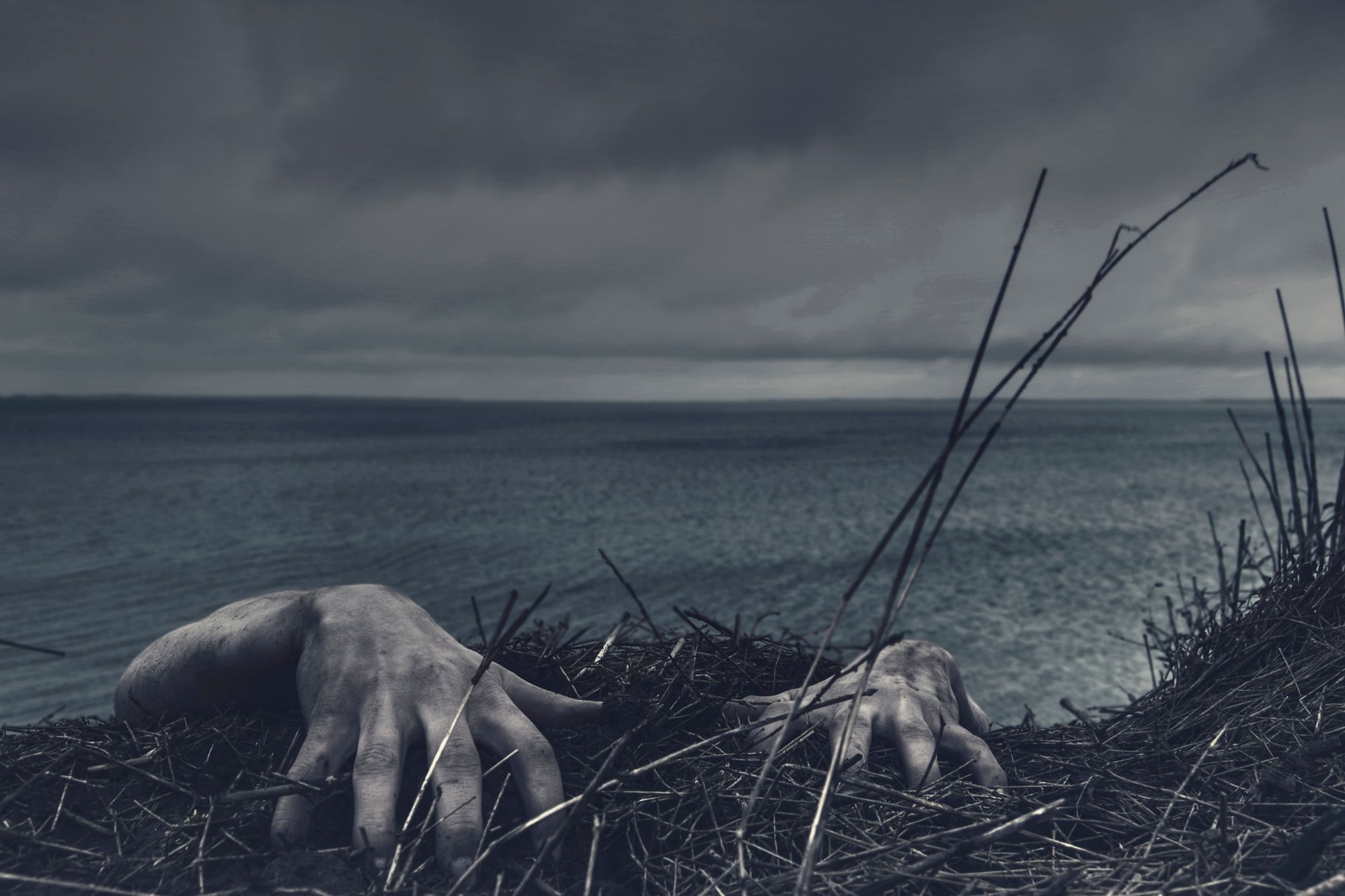
Why, as a culture, do we watch horror films? Why is the genre so intensely popular? Why do otherwise seemingly normal people make these films in the first place?
Susan Sontag writes in Regarding the Pain of Others, “It seems that the appetite for pictures showing bodies in pain is as keen, almost, as the desire for ones that show bodies naked.” Her use of the word “appetite” here suggests that we hunger for images of horror on some basic biological level, the same way we hunger for food, water, or sleep. It’s a common argument that we’re drawn to horror because of something violent in our nature, but I think it’s decidedly more complicated than just that, and so does Sontag. Certainly, we eat because we’re hungry, but we also eat because there is pleasure in the act of eating itself, because eating is a social activity, because we’re told by advertisers that eating their specific food products will fulfill us on some deeper level. We watch horror films for many of the same reasons.
In A Philosophical Enquiry into the Sublime and Beautiful, Edmund Burke argues that pleasure in the horrific is dependent upon our distance from it: “I am convinced we have a degree of delight, and that no small one, in the real misfortunes and pains of others . . . Terror is a passion which always produces delight when it does not press too close . . . This is not an unmixed delight, but blended with no small uneasiness.” Burke is not suggesting that we delight in terror only when it is observed from afar. Rather, there is a certain distance, not too near and not too far, at which terror instills pleasure in us. Terror must “press close” but not “too” close. Pleasure in horror must come pre-mixed with a simultaneous “uneasiness.” Our desire and pleasure in looking is amplified by our simultaneous urge to look away (what Julia Kristeva describes as the "abject"). Each instance of turning away, though, is followed by an even more emphatic turning toward.
In “Film Bodies: Gender, Genre, and Excess,” Linda Williams discusses at length the physicality of our engagement with what she calls the “gross” genres. She describes “the spectacle of a body caught in the grip of intense sensation or emotion.” For Williams, one of the exemplary features of horror film is its ability to force the spectator to imitate the feelings or physical reactions of the characters onscreen. Hence, in a horror film, when the characters in the film scream, we scream. Williams writes, “What seems to bracket [this particular genre] from others is an apparent lack of proper esthetic distance, a sense of over-involvement in sensation and emotion” (704-705). Williams suggests, like Burke, that there is an ideal vantage point for horror, not a lack of distance altogether but a lack of “proper esthetic” distance. To be properly scared, at least in the way that also produces pleasure, we must feel safe but not too safe--we must have room to reflect on what we see, but must not be allowed too much room.
Many viewers and critics make the mistake of describing as "gratuitous" anything that upsets them or their moral sensibilities. While many horror films are gratuitous, the best films of the genre are not merely gratuitous but use their images to comment on culture, politics, or human nature.
How do you react to the various thoughts here? Why do you watch horror films? Why did you sign up for a class about horror? What does talking about the horror genre have to do with writing?